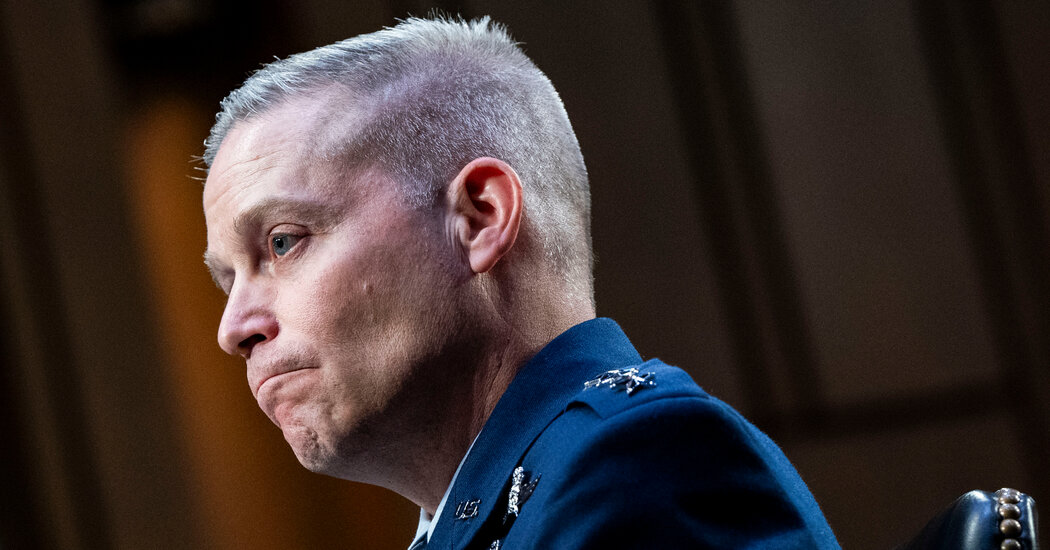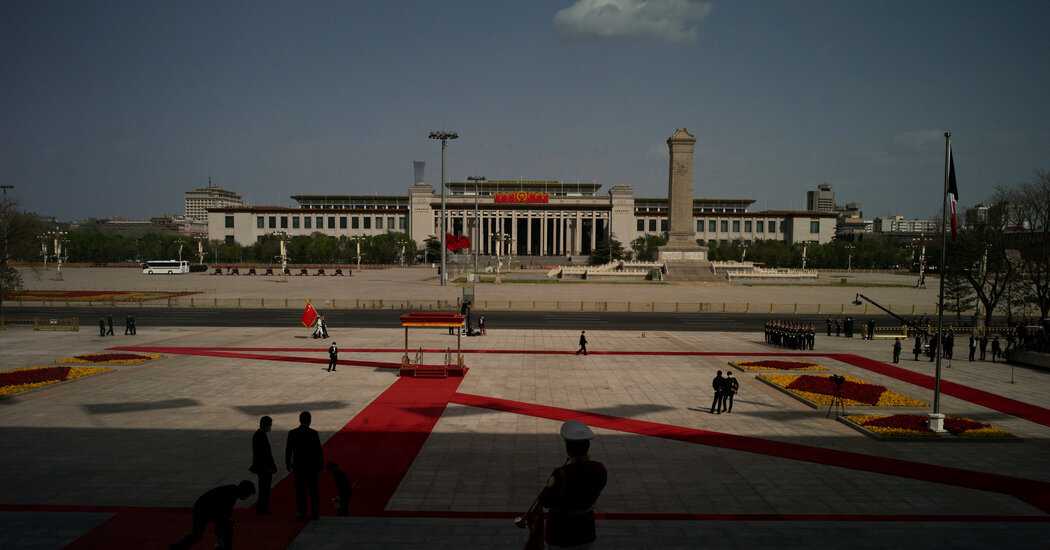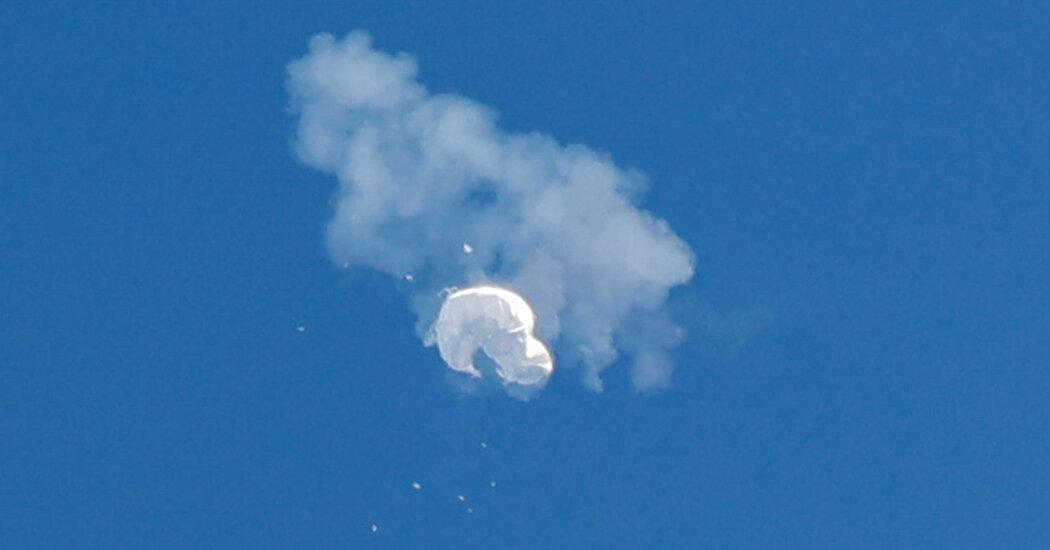Air Force Gen. Timothy D. Haugh took the helm of the National Security Agency and the Cyber Command on Friday, as the intelligence agencies and military brace for renewed efforts by foreign adversaries to influence the American elections this year. General Haugh replaces Army Gen. Paul M. Nakasone, who took over in 2018 and helped focus the N.S.A. and Cyber Command on countering foreign efforts to interfere in American elections. The N.S.A. collects communications intelligence, like phone calls and computer traffic, and Cyber Command conducts operations on computer networks. Securing…
Tag: National Security Agency
Hacking of Government Email Was Traditional Espionage, Official Says
The hack of Microsoft’s cloud that resulted in the compromise of government emails was an example of a traditional espionage threat, a senior National Security Agency official said. Speaking at the Aspen Security Forum, Rob Joyce, the director of cybersecurity at the N.S.A., said the United States needed to protect its networks from such espionage, but that adversaries would continue to try to secretly extract information from each other. “It is China doing espionage,” Mr. Joyce said. “It is what nation-states do. We have to defend against it, we need…
Chinese Malware Hits Systems on Guam. Is Taiwan the Real Target?
Around the time that the Federal Bureau of Investigation was examining the equipment recovered from the wreckage of the Chinese spy balloon shot down off the South Carolina coast in February, American intelligence agencies and Microsoft detected what they feared was a more worrisome intruder: mysterious computer code that has been popping up in telecommunications systems in Guam and elsewhere in the United States. The code, which Microsoft said was installed by a Chinese government hacking group, raised alarms because Guam, with its Pacific ports and vast American air base, would…
Balloon Incident Reveals More Than Spying as Competition With China Intensifies
Of course, there is nothing new about superpowers spying on one another, even from balloons. President Dwight D. Eisenhower authorized surveillance of the Soviet Union by lofting cameras on balloons in the mid-1950s, flying them “over Soviet bloc countries under the guise of meteorological research,” according to an article published by the National Archives in 2009. It “yielded more protests from the Kremlin than it did useful intelligence,” the author, David Haight, an archivist at the Eisenhower Library, reported. With the advent of the first spy satellites, the balloons appeared…



